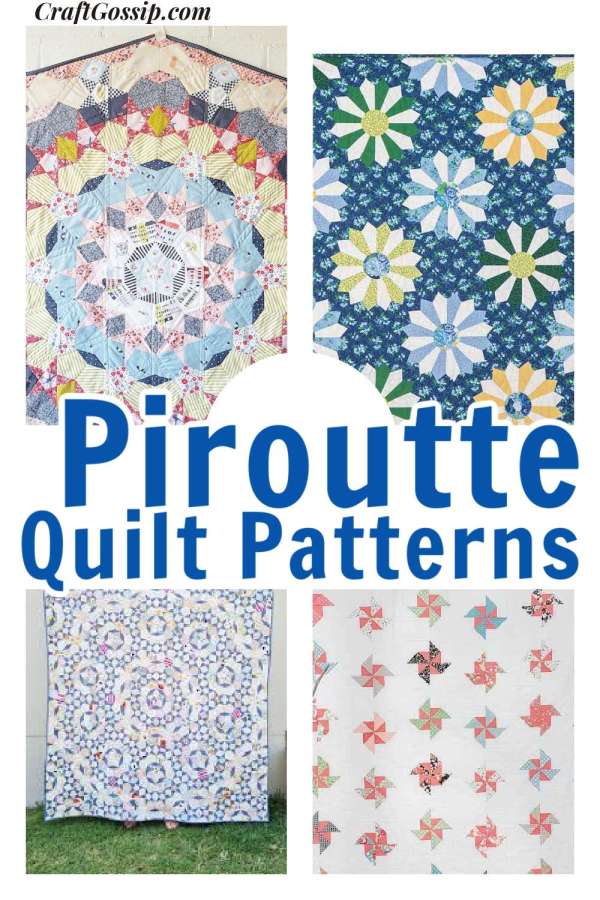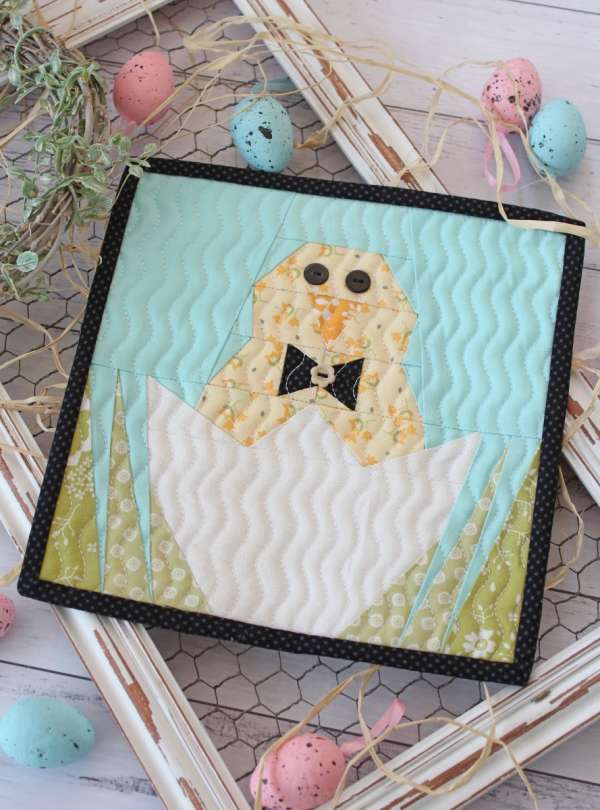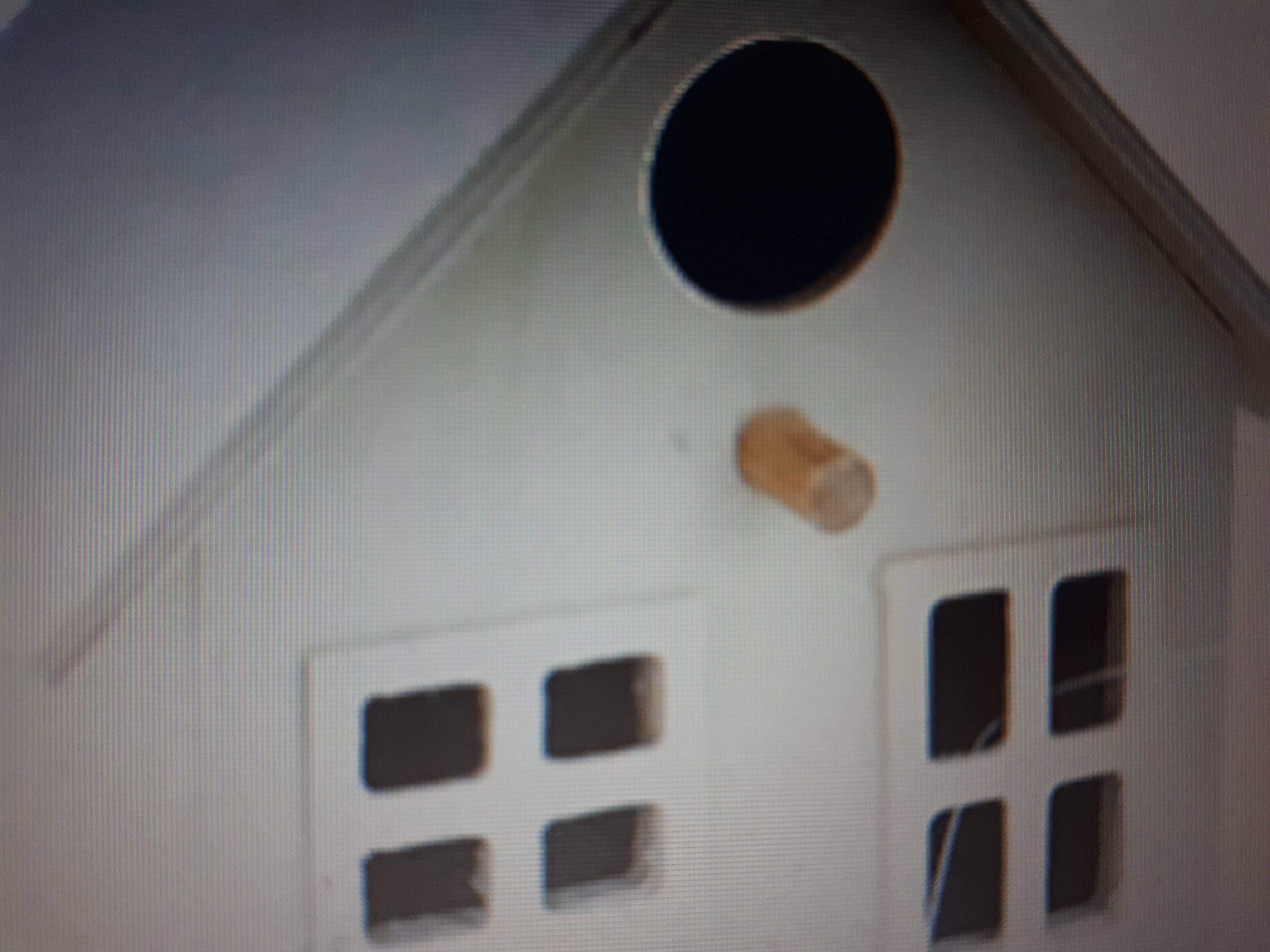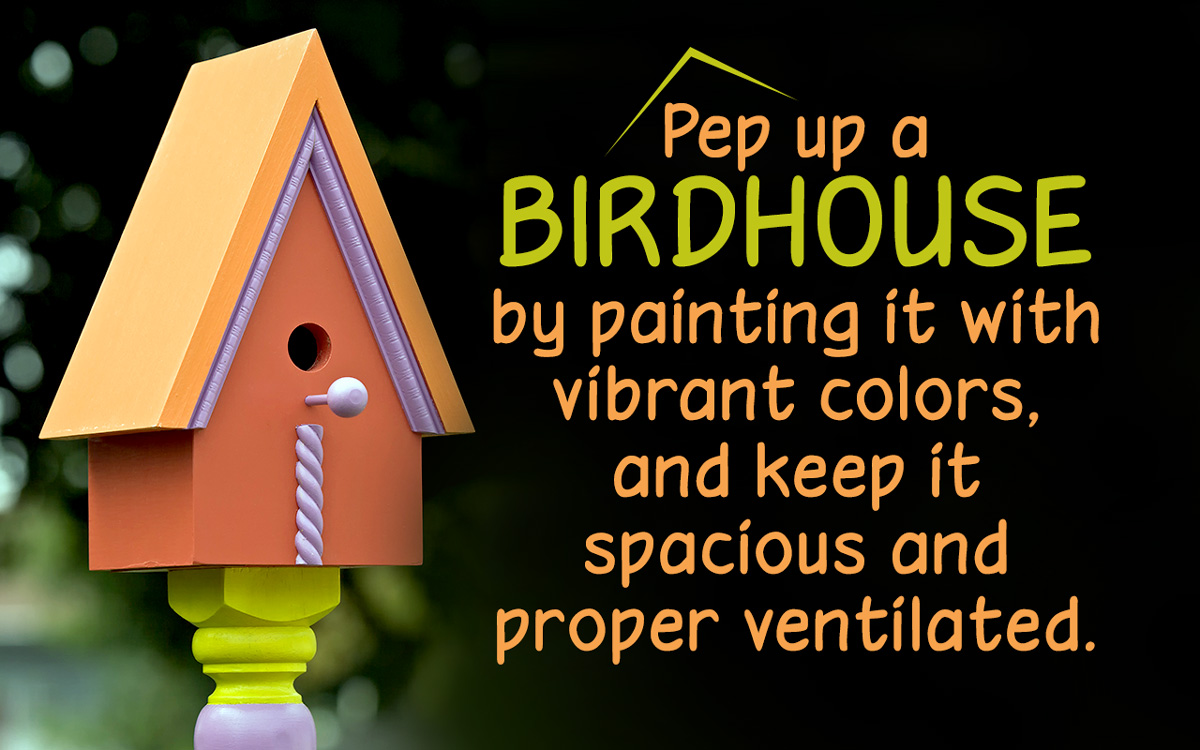-
Sunday Spotlight – Pot Holders Quilt Patterns - April 14, 2024
-
Book Review – Birds, Butterflies and Blooms - April 10, 2024
-
Upcycling Old Fabrics into Quilting Masterpieces: A Sustainable Approach to Creativity - April 8, 2024
-
Unleash Your Quilting Creativity with the Pirouette Quilt Collection - April 1, 2024
-
Sunday Spotlight – Catch-all Cutie Sewing Organizer - March 31, 2024
-
Quilting Legacy: 13 Reproduction Designs from a Cherished Collection of Antique Quilts - March 29, 2024
-
Sunday Spotlight – Clam Shell Quilt Pattern - March 24, 2024
-
Edelweiss Pattern – Thimble Blossoms - March 23, 2024
-
Crafting a Quilted Garden: DIY Baby Playmat with Free Pattern and Tutorial - March 22, 2024
-
Unlock the Magic of Quilting: Sew a Puff Quilt with Creativebug’s Online Class! - March 19, 2024
Follow These Plans to Build a Comfortable House for a Bluebird
Birdwatchers and ornithologists noticed a decline in the number of eastern bluebirds in 1950s. The main reasons for this decline was attributed to the loss of good nesting habitat and sites, indiscriminate use of pesticides, and competition from other, more aggressive cavity nesting species. Since then, management programs have been carried out by organizations and individuals throughout the eastern states. However, the most successful management technique deployed so far is to build houses for the bluebirds to nest in.
Bluebirds in Nature
Before going into the nuances of the bluebird house plans it is imperative to understand bluebird. There are different species―the eastern, western, and mountain bluebirds. Eastern bluebirds are found east of the Rockies from southern Canada to the Gulf States. The western bluebirds and mountain bluebirds are not found east of the Mississippi River. Eastern bluebirds are known to migrate into the warm southern parts during winter.
The eastern species is comparatively smaller in size. Males have a blue back with a rusty red breast, while the lower belly is white. The females are similar, but the colors are not as bright. Young bluebirds have a speckled breast with no red coloring, and are mostly gray in appearance. However, a tinge of blue may be visible on the wings. Bluebirds are about seven inches in length. Mountain species are slightly slimmer when compared to the other two. Males of all three species appear brighter than their female counterparts. They mainly feed on insects but also consume fruits and berries, especially in winter.
Bluebirds are basically cavity nesters and use old holes made by woodpeckers and natural cavities in large tree posts. They appear to be very fond of birdhouses, especially if it is of the right size in a warm, shaded area. Although these houses are used primarily in the spring, autumn is also a good time to build them as bluebirds are early nesters. Also, in case of harsh winter weather, bluebirds use these houses to shield themselves from the cold winds.
Bluebird House Plans
There are two major house designs for bluebirds. The first one is the traditional square house. The other one is an improved design known as the Peterson Bluebird House which has a steeply sloped roof. It has been observed that the birds prefer the slightly smaller area of the Peterson house, but making this kind of house is comparatively difficult because of the number of angles involved. They are also more expensive when compared to the traditional birdhouses.
If you want to build a nest box, you will need a lumber piece of dimensions 1″ x 6″ x 6″. Rough cut lumber is recommended as the birds can hang on to these better, as compared to smooth wood. Ensure that the entry hole is 1.5″ in diameter. If the hole is bigger, then other birds will take over the nest. Galvanized nails should be used as they do not rust. Clean the house every time you anticipate a new family to take over.
A bluebird house should be placed near an old field, orchard, park, or cemetery for you to have a good chance of attracting a pair. Also, place a few nests close to each other and keep them away from sparrow houses. They prefer nest boxes on a tree stump or wooden fence post that is not more than three to five feet high. The entry hole should face northward as this will protect the nest from excessive sun and wind.
A good management program in your locality will help insure that the bluebirds using your houses will be successful in raising their families. The decline in the population of these gentle and beautiful birds has been alarming. The good news is that the number of bluebirds being reported are increasing again.
Making birdhouses in your backyard is a great hobby that you can undertake with your family. Not only will you enjoy quality time together, you will also have the privilege of inviting these gorgeous birds in your life.
subscribe for updates
Subscribe to our mailing list and get interesting updates, and offers.





















2 Comments on this Post
vurtil opmer
I like this post, enjoyed this one thanks for putting up. “The basis of optimism is sheer terror.” by Oscar Wilde.
Scott Shillito
I enjoy your writing style genuinely enjoying this site.